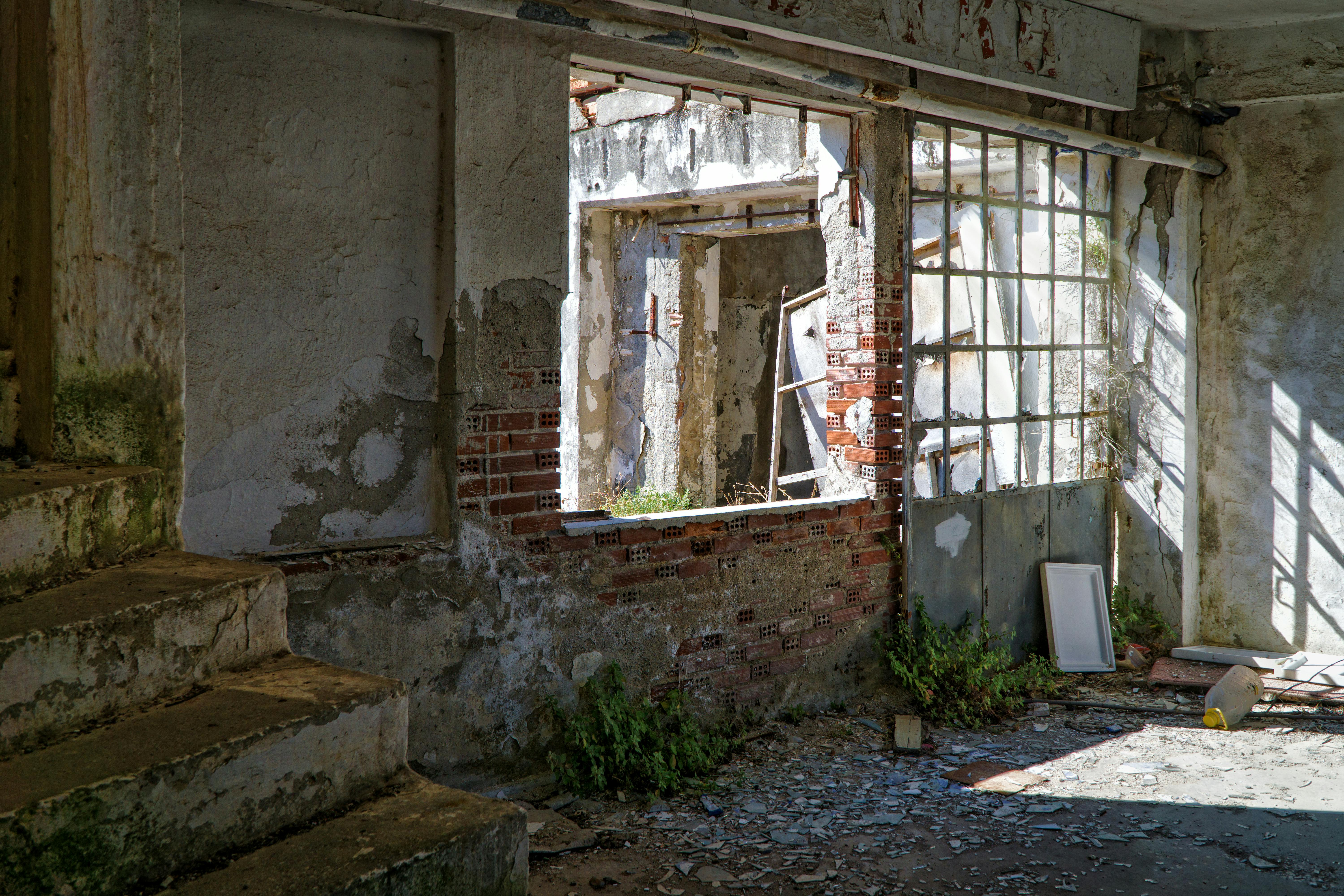
Tips on Advanced Techniques for Making Church Banners
This article will walk you through step by step how to add a three dimensional feature to your church banner. This is one of the advanced techniques that this series will instruct. The three-dimensional effect will be achieved by a quilting technique.
You will need batting (polyester is good). The batting comes in pre-packaged sheets. There are several thicknesses from which. What I use is high loft batting because it allows for a more three dimensional effect. “Loft” refers to the thickness of the batting. You will also need inexpensive cotton fabric and interfacing. I prefer a fusible iron interface. The interface comes on a bolt and is sold by the yard. It comes in different weights. I suggest a medium weight. Batting and interlining come in sheets and can be found at a fabric store or Walmart. You will also need a stapler, fabric glue, and your basic sewing tools, ie scissors, iron, sewing machine, and thread.
Choose the part of your design that you want to stand out on your banner. It could be a single image that is on a background, ie an eagle. Or it can be a complete design, i.e. a church logo. Assuming you already have the design cut from fabric with an iron-on backing; iron the pattern design onto a piece of cotton or lightweight fabric. If possible, use a color that matches the background of your banner to which you will apply the quilted design. If you don’t have a matching color available, you should be fine because that fabric won’t be visible in the final product.
Once the patterns are ironed onto the cotton, snip around the entire design, leaving about an inch or so all around. Now cut the same size and shape of your batting sheet and again the same of your interface. Now layer all three pieces, starting with the interface at the bottom, the batting in the middle, and the design that is on the cotton at the top. Make sure if you use a fusible interface you have the fuse side against the batting. Also make sure the cotton design is facing up. (Tip: It may be easier to iron the transcinch on the back of the cotton and iron it onto the batting for stability.) Use your hand stapler and staple all three layers together around the edge where you allowed for the extra inch around your design. I staple about every 2 ½ to 3 inches.
You are ready to sew the layers together. I use a basic zig-zag stitch setup…no need to close the stitch at this stage. All you want to do is stitch as close to the outer edge of the design as possible to keep the edges of the layers together. Now use a straight stitch everywhere you want the design to be outlined. You must sew slowly and carefully to make precise stitches around curves and edges. This gives it that 3-D padded look. Use an appropriate color thread.
Carefully cut the quilt piece just outside the edge of the first zig-zag seam you made around the entire quilt design. This trims off the excess border margin. Cut close to the thread, but try not to cut the thread. Some mishaps are bound to happen, but don’t worry…it won’t show up in the end.
You are now ready to apply this design to your banner. Use fabric glue to dot the back of the back of the quilted appliqué (at the interface part). Place it carefully on the banner. I weigh it down with some heavy books and let it dry before the next step.
After it’s dry, you’ll now use a satin stitch on your machine (or a closed zig-zag stitch) with thread of the appropriate color to sew the entire quilted applique to your banner. You will sew right over the original loose zigzag stitched edges. I prefer to use a thread that matches the background color of the banner it is applied to. I also widen the zig-zag stitch a bit to make sure I cover the original stitches and edges.
Once complete, you can use fabric paint to paint any details and edges of the fabric pieces so they are sealed and permanent. Many times that means you are painting over the straight stitch lines within your application.
Now you’ve learned an advanced technique to give your banner a beautiful new dimension. Next time, we’ll learn other advanced techniques, such as shading, letter shading, and other three-dimensional effects.